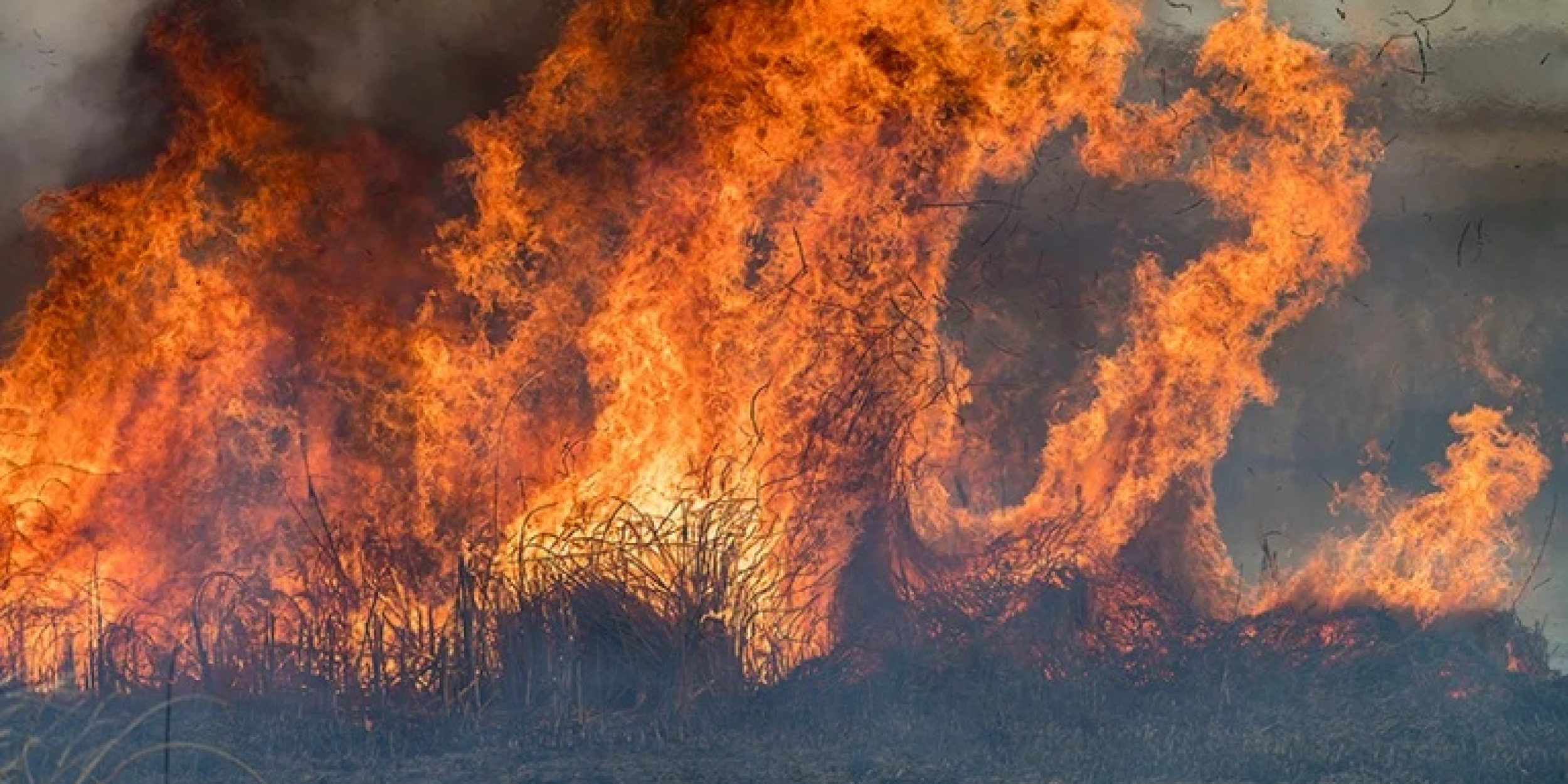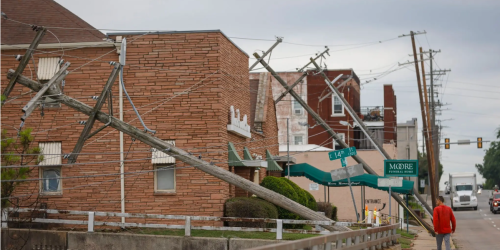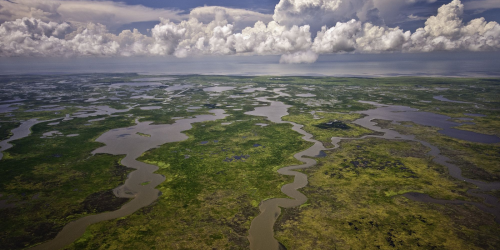Anthony Leroy Westerling with NOAA CAP/RISA team California-Nevada Climate Applications Program (CNAP) co-authors publication titled, “Spatial and temporal patterns of wildfire burn severity and biomass burning-induced emissions in California.” Wildfires are an important disturbance in earth systems, but their increased frequency and magnitude in California prevents efforts to reduce greenhouse gas (GHG) emissions and to improve air quality.
This study systematically assessed spatial and temporal patterns from California wildfires over the past 40 years for trends and distributions of wildfire. The results suggested vegetation and severity are critical in controlling the spatial and seasonal distributions of emissions. Forest wildfires produce the most emissions, particularly in low-mid elevations. However, high-elevation forest emissions are increasing rapidly as the spatial distribution of wildfire is being altered. Emissions from the last 5 years are more than 5 times greater than the emissions from the previous 4 decades. California will continue to see changes in wildfire burn severity and emissions as a result of climatic change, but understanding their spatio-temporal patterns will better inform community decision makers for wildfire management and land use planning.
For more information, contact Jessica Garrison.
Image credit: David Hoffmann on Alamy









